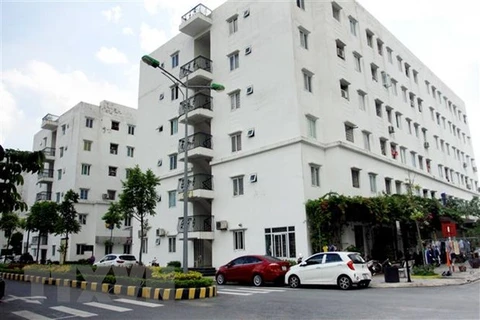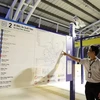Hanoi (VNA) – Vietnam’s average housing floor area per person in 2020 was only 24sq.m, failing to meet the set target of 25 sq.m, according to an official from the Ministry of Construction.
This is the only target that has been missed, while the others have been fulfilled, said Deputy Construction Minister Nguyen Thanh Nghi at a conference of the ministry in Hanoi on December 26.
He said the sector has posted a growth rate from 8.5-8.7 percent annually during the 2016-2020 period, while the rate of urbanisation reached about 40 percent.
Up to 90 percent of urban residents have accessed clean water, and the rate of garbage collection and treatment in urban areas has reached 91 percent, the official reported.
Pointing out the sluggishness of projects upgrading old apartment buildings, Nghi said the ministry has urged localities to speed up the evaluation of those buildings and renovate severely-damaged and dangerous blocks.
The ministry has also launched working groups to inspect the upgrading and reconstruction of old apartment buildings in Hanoi, HCM City and other localities, he went on.
Nghi said the housing development policies are not consistent and not strong enough, thus failing to encourage economic sectors to invest in social housing.
Despite those difficulties, the ministry still sets a target of raising the average housing floor area per person to about 26-27 sq.m in the next five years, with 26sq.m in urban areas and 25 sq.m in rural areas.
It will submit to the Prime Minister a national housing development strategy for the 2021-2030 period, with a vision towards 2030, and work on a programme on accommodation support for rural poor households, and another assisting the poor in building flood-proof houses, among others, the official said./.
VNA
























